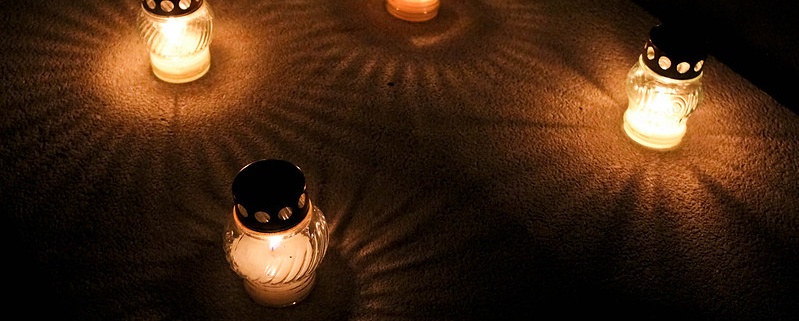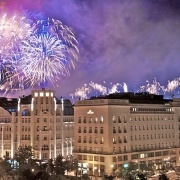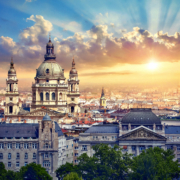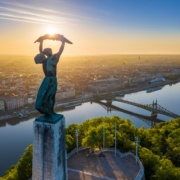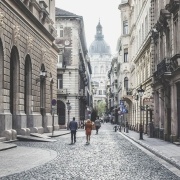Discover Budapest in the Spooky Season: Celebrate Halloween and All Soul’s Day in Budapest
The City’s Most Beautiful Cemeteries: A Journey Through History on All Soul’s Day in Budapest
As autumn settles in and the leaves begin to turn, Budapest transforms into a city of remembrance and reflection during All Saints’ Days (November 1) and All Souls’ Day (November 2). While these days are filled with solemnity, they also provide a unique opportunity to explore the rich history and stories behind Budapest’s beautiful cemeteries.
A Brief History of All Soul’s Day
All Soul’s Day is a time when families come together to honor and remember their loved ones who have passed away. In Hungary, this tradition is deeply rooted, and cemeteries become vibrant places filled with flowers, candles, and heartfelt memories. The atmosphere is a blend of reverence and warmth, as people gather to pay their respects.
The Significance of Cemeteries in Budapest
Budapest is home to numerous cemeteries, each with its own unique character and historical significance. While there are currently twenty-one functioning cemeteries within the city, the number of historically documented burial sites exceeds one hundred. Some of these cemeteries have been repurposed and transformed into public parks. Others have been built over by residential buildings or infrastructure.
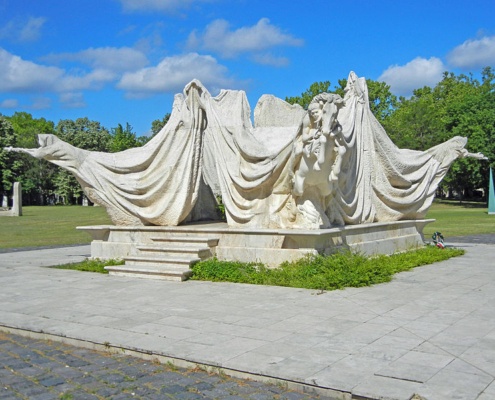
Notable Cemeteries to Visit on All Soul’s Day in Budapest:
Kerepesi Cemetery
Kerepesi Cemetery, one of Budapest’s oldest cemeteries. It is not only a resting place for the departed but also a stunning open-air museum showcasing Hungary’s rich cultural heritage. Established in 1849, it is the final resting place of many of Hungary’s most revered figures, including renowned poets, writers, and politicians. Notable burials include Sándor Petőfi, a national poet, and Lajos Kossuth, the country’s famous revolutionary leader. The cemetery’s beautiful monuments and serene paths invite visitors to explore the lives and legacies of those who shaped Hungary’s history. You can rent bicycles to discover it on the bike.
Farkasréti Cemetery
Farkasréti Cemetery, Budapest’s largest public cemetery, has become a prestigious resting place, rivaling Kerepesi Cemetery. Established in 1894, it now serves as a renowned burial ground for many prominent figures, with its artist’s section housing the likes of composer Béla Bartók, Zoltán Kodály, and pianist Annie Fischer.
One of the cemetery’s most notable features is the Garden of Angels. It is a luxurious section offering breathtaking views of Buda and Pest. Families are willing to pay rental fees of up to 5-6 million HUF for this stunning perspective, and it’s not uncommon for relatives to spend over 10 million HUF on a family mausoleum in larger cemeteries. However, it is becoming increasingly difficult for families to extend leases on average graves, highlighting the rising costs associated with these final resting places.
Farkasréti is not just a cemetery; it’s a place where the past and the present converge, honoring the memory of influential Hungarians, including artists like János Csonka, Donát Bánki, and Oszkár Asbóth, as well as renowned composers.
Új Köztemető (New Public Cemetery)
The New Public Cemetery, opened in 1886, is one of the largest in Budapest and houses approximately 1.5 million graves. It became a significant burial site due to overcrowding at Kerepesi Cemetery and has witnessed countless ceremonies and memorials over the years. Among the notable figures interred here are Gyula Krúdy, a prominent writer, and Kálmán Kandó, an influential electrical engineer.
One of the cemetery’s most significant sections is the 301 Parcel, a poignant memorial dedicated to those who were executed during the politically charged climate following World War II. This parcel is particularly notable for being the final resting place of Imre Nagy, Hungary’s former Prime Minister and a key figure in the 1956 Revolution. Nagy was executed in 1958 for his role in the uprising against Soviet oppression, and his remains were secretly buried.
After the fall of communism, he was reburied in the 301 Parcel in 1989, symbolizing a new chapter in Hungary’s struggle for freedom and democracy. The 301 Parcel has become a site of remembrance, especially during commemorative events, highlighting the ongoing struggles for freedom and justice.
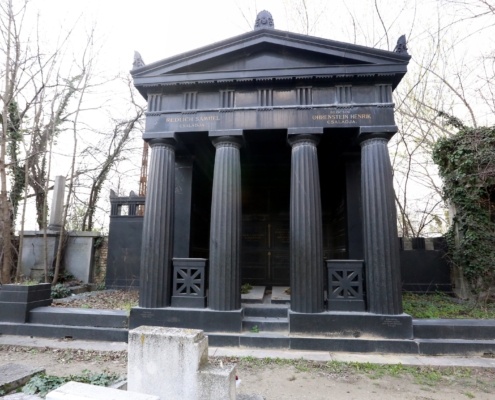
Kozma Street Jewish Cemetery
Kozma Street Jewish Cemetery, located in Budapest’s 10th district, is Hungary’s largest Jewish cemetery, serving as the final resting place for approximately 300,000 individuals. The cemetery is marked by a striking Moorish-style mortuary built in 1891, creating a grand entrance.
Among the notable figures buried here are Simon Ben David Oppenheimer, the leader of the rabbinical council who lived to be 100 years old, and Chief Rabbi Samuel Kohn. The cemetery is also the final resting place for members of the Jewish elite from the 19th and 20th centuries, including Hungary’s first Olympic champion, swimmer Alfréd Hajós.
The family crypts within the cemetery are architectural masterpieces, often adorned with exquisite Zsolnay tiles and intricate mosaics. While many graves may appear overgrown with vegetation, this is not necessarily a sign of neglect; in Jewish tradition, the presence of plants symbolizes respect for the deceased.
Tips for Visiting Cemeteries During All Souls’ Day in Budapest
- Plan Your Visit: Cemeteries can get crowded during this time, so consider visiting early in the day to experience the tranquility.
- Respect the Atmosphere: While it’s a time of remembrance, maintain a respectful demeanor as you explore. Keep noise to a minimum and be mindful of those honoring their loved ones.
- Take Photos Thoughtfully: Capture the beauty of the cemeteries, but be respectful of personal moments taking place around you.
- Visiting Hours: From October 28 to November 2, the cemetery is open from 7:00 AM to 8:00 PM. Starting November 3, the regular hours will resume 7:30 AM to 5:00 PM.
Budapest’s cemeteries offer a unique blend of history, art, and personal stories, making them significant places to visit during All Soul’s’ Days. As you explore these hallowed grounds, you’ll not only pay homage to the past but also gain a deeper understanding of Hungarian culture and traditions. Whether you’re lighting a candle, sharing a memory, or simply reflecting, these cemeteries are a poignant reminder of the lives that have shaped this vibrant city.
Join our daily Free Budapest Walking Tours to learn about Budapest’s main landscapes and Hungarian history and people.

